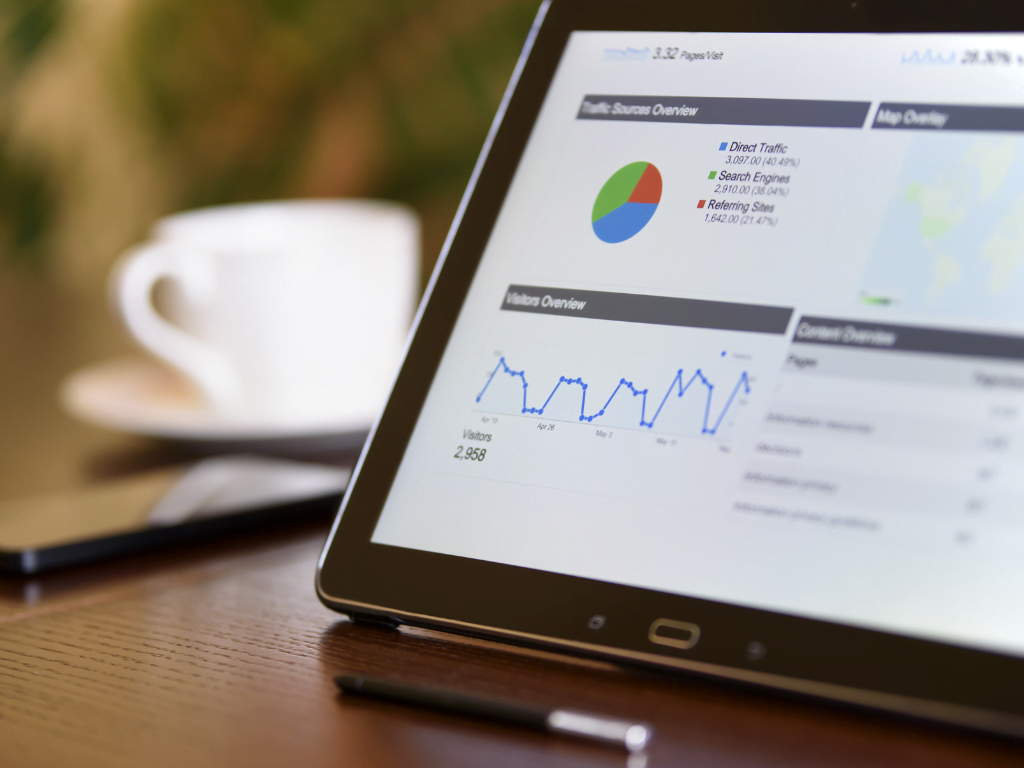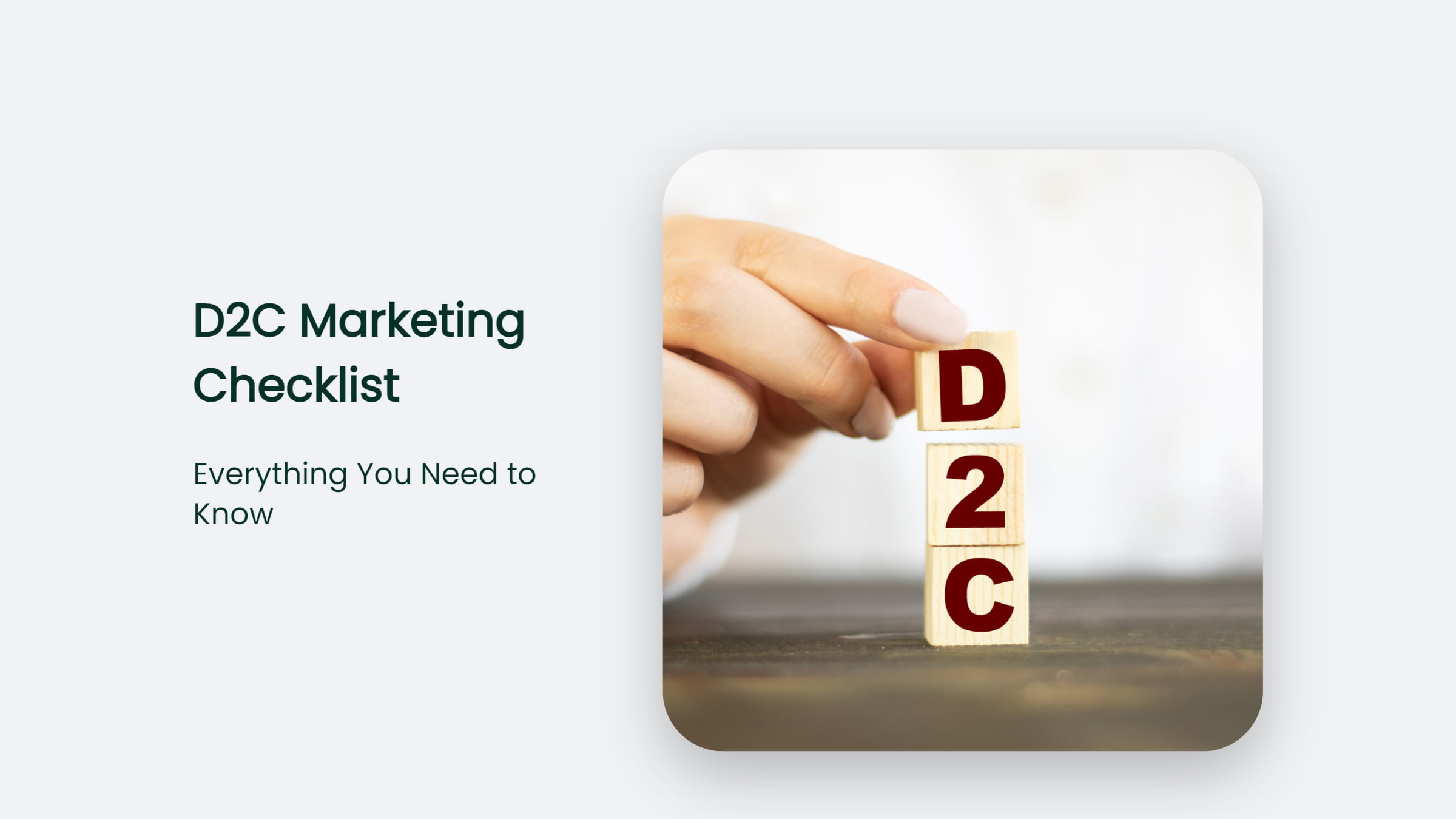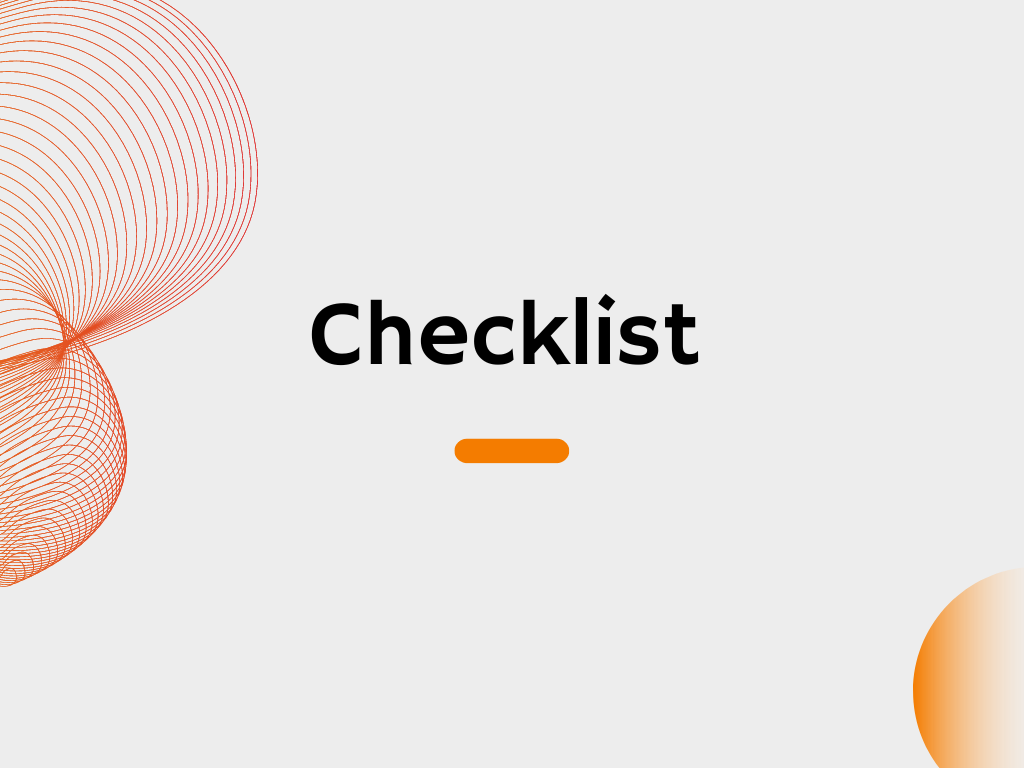

The Ultimate D2C Marketing Checklist

As Seen On
As a business owner, it’s essential to constantly innovate and evaluate new strategies to reach your target audience.
Direct-to-consumer (D2C) marketing is one approach that has been gaining popularity in recent years.
If you’re unfamiliar with the term, D2C marketing is when a company sells products or services directly to consumers, bypassing traditional intermediaries such as retailers or wholesalers.
There are many benefits of D2C marketing, including increased control over product distribution and pricing, more personalised customer service, and greater customer engagement.
In this blog post, we’ll discuss the critical elements of a successful D2C marketing strategy and provide you with a checklist to help you get started. Let’s get started!

Table of Contents
What is D2C marketing?
D2C, or direct-to-consumer, is an increasingly popular business model allowing companies to interact directly with their customers.
This approach is rapidly gaining traction as it allows companies to personalise and customise the customer experience, often resulting in higher customer satisfaction.
Through D2C, businesses can provide customised products and services, offering consumers a service traditionally only available from more expensive luxury brands.
Furthermore, social media marketing, businesses can drive greater engagement with their target audiences – increasing sales, loyal customers, brand recognition, profitability and long-term success.
Advantages of D2C

No Middleman
The first and most apparent advantage of selling direct-to-consumer is that it allows brands to cut out the middleman.
By selling directly to consumers, brands can avoid the high costs associated with working with retailers.
Additionally, selling direct-to-consumer gives brands more control over their product pricing and how their products are displayed and marketed.
Greater Customer Insights
Another advantage of selling direct-to-consumer is that it gives brands more significant insights into their customers.
When brands sell through retailers, they need more visibility into who their customers are and what they want.
However, when brands sell direct-to-consumer, they can collect customer data through website analytics and customer surveys.
This data can be used to improve the customer experience and make better marketing and product decisions.
More Engaged Customers
Another benefit of selling direct-to-consumer is that it allows brands to build more dynamic customer relationships.
When brands sell through retailers, they have less opportunity to interact with their customers and build relationships with them.
However, when brands sell direct-to-consumer, they can interact with their customers more regularly through things like social media and email marketing.
This interaction can help to build brand loyalty and turn customers into advocates for the brand.
Increased Profitability
Finally, selling direct-to-consumer can also be more profitable for brands than selling through retailers.
It is because brands can keep a more significant percentage of each sale when they sell direct-to-consumer rather than giving a portion of the sale to a retailer.
Additionally, selling direct-to-consumer can help brands save money on marketing and distribution costs.
And now, for what you’ve been waiting for, here is the Ultimat D2C marketing checklist for you!
D2C Marketing Strategy Checklist

Do you have a strong value proposition?
Having a solid value proposition is an essential part of any D2C business, as it helps potential customers gain immediate insight into the individual qualities of your brand or product.
Have you done your market research?
When you conduct market research, you better understand your target customer’s needs and preferences. It will help you create appropriate messaging and advertising materials that appeal directly to your potential customers.
Do you have a plan for acquiring customers?
Designing and implementing a successful D2C marketing strategy can be difficult, but it is essential for any business.
Before launching such a plan, several key considerations must be addressed. The first is to create a plan for acquiring customers. It could include tactics from traditional outbound practices like TV and radio advertisements to more modern inbound strategies such as SEO optimisation, email campaigns, and influencer partnerships.
Furthermore, setting realistic goals should also play a part in the overall plan.
Knowing how much your target customers spend on similar products and services is necessary to determine tolerable CACs (customer acquisition costs) and attain reasonable ROIs (return on investments).
Do you have a plan for retaining customers?
A winning D2C marketing strategy requires more than just driving sales – it also involves retaining customers.
To be successful, marketers need to have a plan that goes beyond initial customer acquisition and includes steps for boosting loyalty and repeat purchases.
To create a comprehensive plan, there are several items to consider in the initial checklist:
- Understanding how customers make decisions and why they choose your product or service.
- Designing offers to incentivise long-term relationships.
- Implementing creative retention tactics such as automated campaigns.
- Leveraging customer feedback to inform decision-making.
- Tracking long-term customer metrics.
- Looking for ways to optimise the process, such as developing new products that align with customer needs.
Ultimately, a well-thought-out D2C marketing strategy should include both acquisition and retention activities to ensure success over the long term.
Do you have a budget?
When implementing an effective direct-to-consumer (D2C) marketing strategy, it is essential to create a budget and plan that sync up with your goals and objectives.
First, ask yourself what the objectives of your D2C marketing strategy are. Are you looking to scale customers quickly? Or do you want sustained growth over time? Once you define your goals, consider how much you can afford to invest in your campaign and determine how long you will run it for.
Remember resources like people, technology and materials needed for successful execution.
Your budget should provide visibility into the estimated costs of each element of the campaign, from creative design to customer support.
Ensure to include any promotions or discounts that need to be factored in.
Do you have the right tools and resources?
The most crucial suggestion when constructing a D2C marketing strategy is assessing your current tools, methods, and resources.
It will help identify potential gaps in your strategy that need to be addressed.
First, inventory all your company’s personnel needs; this includes customer service staff members, digital marketing professionals, or specialists dedicated exclusively to social media campaigns.
Do you have the right team in place?
Having the right team in place is essential to any successful direct-to-consumer (D2C) marketing strategy.
A well-rounded team of experts in digital marketing, product development, and customer service will ensure that your program is as successful as possible.
Furthermore, having a dedicated project manager to oversee the entire marketing initiative can help keep everyone on track and ensure deadlines are met.
In addition to team resources, it’s essential to have access to the right technology and tools for monitoring your performance data.
Tools such as analytics software can help you track the effectiveness of your efforts over time and inform optimisation tactics based on those results.
Are you prepared to scale?
When you’re ready to start scaling, it’s important that you have the right plan in place to ensure the most successful outcome.
To get started, you need to consider critical components, including a budget, customer database strategies, communication channels, content creation & distribution plans, and analytics & optimisation procedures.
Your budget should include both immediate projected costs as well as longer-term investments. You’ll also want to determine which methods of customer database collection are most appropriate for your business and how you’ll use this information.
Additionally, selecting the most appropriate channels through which you’ll reach customers is essential. Once these fundamentals are in place, create a comprehensive content calendar to guide your team in executing their campaigns.
Finally, be sure that your analytics and optimisation procedures are clear so that you can adjust your plans as needed with each campaign cycle.
These steps will help ensure that your D2C marketing strategy is prepared for long-term success when you’re ready to scale up.
Frequently Asked Questions
What should I consider when constructing a D2C marketing strategy?
When creating a direct-to-consumer (D2C) marketing strategy, it’s important to begin by assessing your current tools and resources.u003cbru003eu003cbru003eAdditionally, you should create a budget that provides visibility into the estimated costs associated with each campaign element, from creative design to customer support.u003cbru003eu003cbru003eYou also need to have the right team, which should include digital marketing, product development, and customer service experts. Finally, be sure you have an appropriate plan for scaling up your efforts when ready.
What role does analytics play in D2C marketing?
Analytics plays an essential role in any successful D2C marketing strategy.u003cbru003eu003cbru003eTools such as analytics software can help you track the effectiveness of your efforts over time and inform optimisation tactics based on those results.u003cbru003eu003cbru003eBy monitoring the performance metrics of each campaign, you’ll be able to make data-driven decisions that will help improve the overall success of your campaigns.u003cbru003eu003cbru003eAccess to this data can also help inform long-term budgeting strategies and identify areas where additional resources may be needed.
The Bottom Line:
Consider this your checklist if you’re looking to take your D2C marketing up a notch. Use it as a guide to ensure you’re ticking all the necessary boxes when planning and executing your marketing strategy. With these tips in mind, you’ll be well on your way to D2C greatness!
Konger
Up until working with Casey, we had only had poor to mediocre experiences outsourcing work to agencies. Casey & the team at CJ&CO are the exception to the rule.
Communication was beyond great, his understanding of our vision was phenomenal, and instead of needing babysitting like the other agencies we worked with, he was not only completely dependable but also gave us sound suggestions on how to get better results, at the risk of us not needing him for the initial job we requested (absolute gem).
This has truly been the first time we worked with someone outside of our business that quickly grasped our vision, and that I could completely forget about and would still deliver above expectations.
I honestly can't wait to work in many more projects together!
Disclaimer
*The information this blog provides is for general informational purposes only and is not intended as financial or professional advice. The information may not reflect current developments and may be changed or updated without notice. Any opinions expressed on this blog are the author’s own and do not necessarily reflect the views of the author’s employer or any other organization. You should not act or rely on any information contained in this blog without first seeking the advice of a professional. No representation or warranty, express or implied, is made as to the accuracy or completeness of the information contained in this blog. The author and affiliated parties assume no liability for any errors or omissions.

